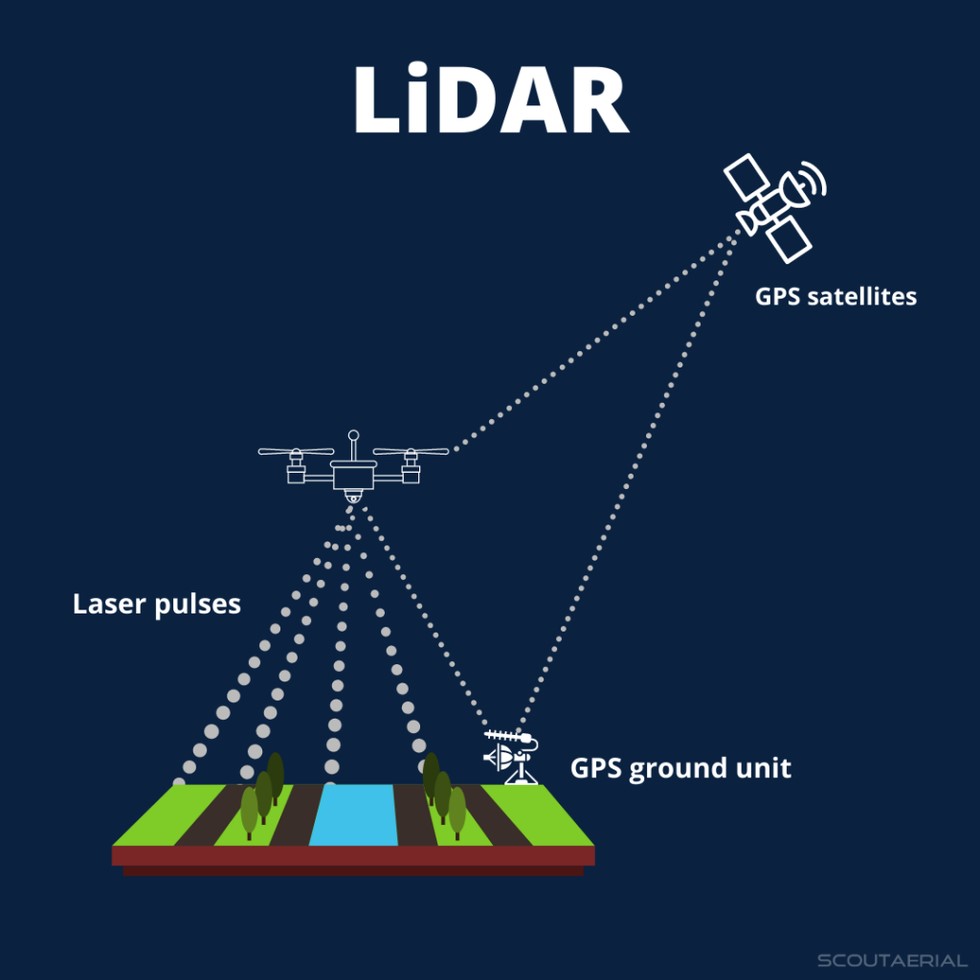Today, we dive into a technological breakthrough that is shaping the future of mobility: autonomous vehicle technology. With rapid advancements in artificial intelligence, machine learning, and sensor technology, self-driving cars are no longer just a concept from science fiction but a reality on our roads. How far have we come? What challenges remain? And what does this mean for the future of transportation? Let’s break it all down.
The Evolution of Autonomous Vehicles
The journey towards fully autonomous vehicles (AVs) has been years in the making. From the early days of cruise control to the sophisticated driver-assistance systems we see today, car manufacturers and tech companies have continuously pushed the boundaries of innovation.
We can categorize autonomous vehicles into six levels, from Level 0 (no automation) to Level 5 (full automation). Most cars on the road today operate at Level 2 or Level 3, meaning they still require some human intervention. However, companies like Tesla, Waymo, and Cruise are inching closer to achieving Level 4 and 5 autonomy, where vehicles can operate entirely on their own under specific conditions or even in all scenarios.
How Do Autonomous Vehicles Work?
Autonomous vehicles rely on a combination of cutting-edge technologies to navigate roads safely. These include:
- LIDAR (Light Detection and Ranging): Uses laser beams to create a 3D map of the environment.

sorurce : raceias.com - Radar and Cameras: Detect obstacles, traffic signals, pedestrians, and other vehicles.
- AI and Machine Learning: Process real-time data to make driving decisions.
- GPS and Mapping Systems: Provide accurate location tracking and route planning.
- Vehicle-to-Vehicle (V2V) Communication: Allows AVs to communicate with each other for smoother traffic flow.
Each of these technologies works together to ensure that an autonomous vehicle can perceive its surroundings, predict potential hazards, and make safe driving decisions.
The Benefits of Autonomous Vehicles
Now, let’s talk about why this technology is a game-changer.
1. Enhanced Safety
According to the World Health Organization, road traffic accidents claim over a million lives each year. Human error is responsible for over 90% of these crashes. By eliminating distractions, fatigue, and human misjudgment, AVs have the potential to significantly reduce accidents.
2. Reduced Traffic Congestion
Autonomous vehicles can communicate with each other and optimize traffic flow, reducing congestion and improving overall travel efficiency.
3. Increased Accessibility
For individuals who cannot drive due to age, disability, or other reasons, AVs can provide newfound independence and mobility.
4. Environmental Benefits
Self-driving electric vehicles can contribute to reducing carbon emissions by optimizing driving patterns and eliminating unnecessary idling.
5. Cost Savings
While the initial cost of AV technology is high, long-term savings on fuel, insurance, and accident-related expenses could be substantial.
Challenges and Concerns
As promising as autonomous vehicle technology is, several challenges still stand in the way of widespread adoption.
1. Regulatory and Legal Issues
Governments and regulatory bodies around the world are still working on laws to govern AVs. Who is liable in case of an accident? How should these vehicles be insured? These are critical questions that need answers.
2. Ethical Dilemmas
AVs must be programmed to make ethical decisions. In a potential accident scenario, how should the AI prioritize safety? These moral questions continue to be a topic of debate.
3. Cybersecurity Risks
Since AVs rely on software and connectivity, they are vulnerable to hacking. Ensuring that these vehicles are secure from cyber threats is a major concern.
4. Public Trust and Acceptance
Many people are still hesitant to trust a fully autonomous car. Education and real-world testing are essential in gaining public confidence.
The Road Ahead
Despite these challenges, the autonomous vehicle industry continues to grow at an incredible pace. Tech giants and automotive manufacturers are investing billions into refining AV technology.
Major cities around the world are already testing self-driving taxis, delivery robots, and automated public transport. It’s only a matter of time before these vehicles become an everyday reality.
As we stand on the brink of a new era in transportation, one thing is clear—autonomous vehicle technology is here to stay. While challenges remain, the potential benefits far outweigh the hurdles. Whether it’s reducing traffic accidents, improving mobility for all, or revolutionizing urban transportation, AVs will reshape how we move in the years to come.
So, what do you think? Are you ready to trust a self-driving car? The future of transportation is unfolding before our eyes—buckle up!





